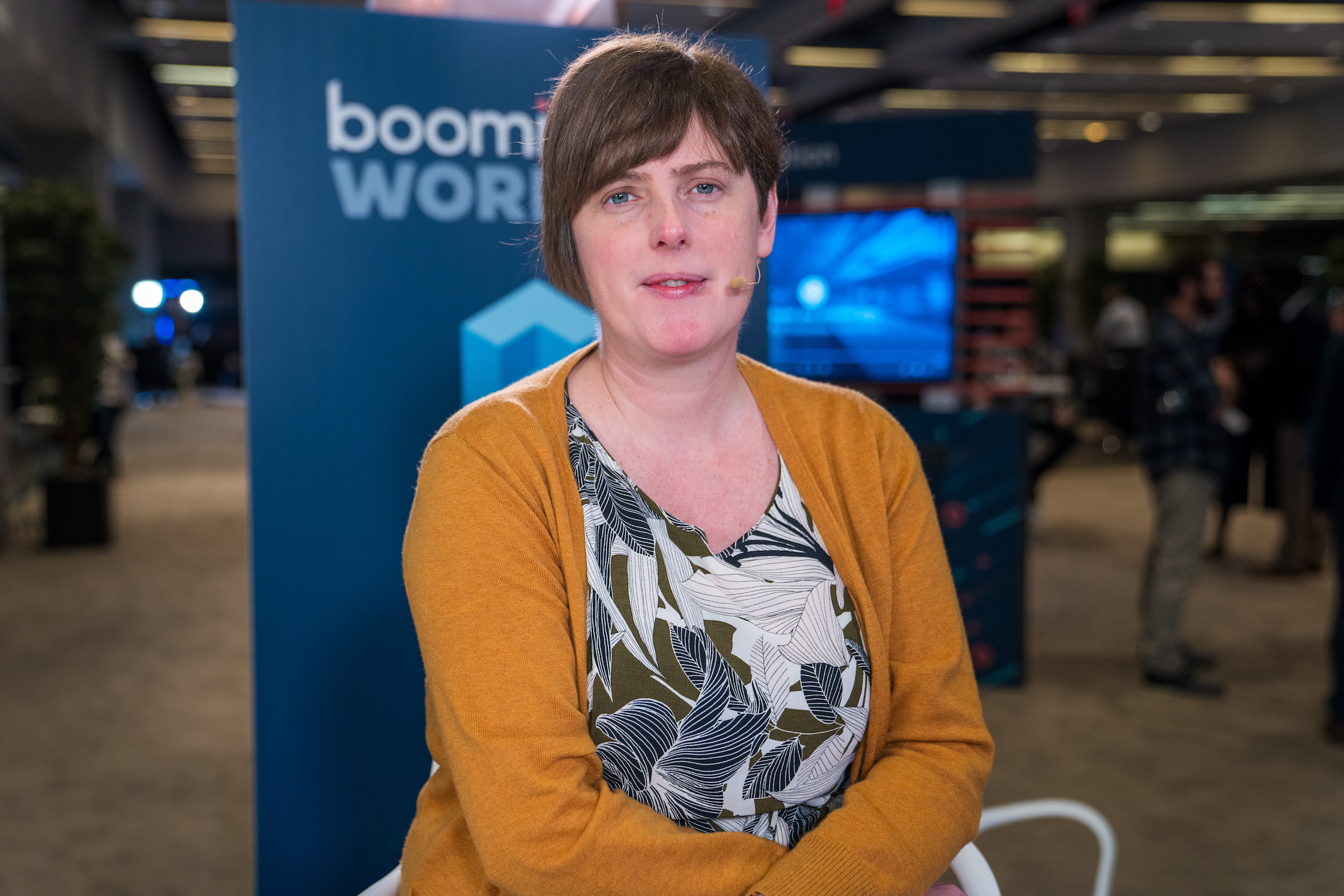 AI
AI
 AI
AI
 AI
AI
Thanks to data logs generated from about 300,000 data sources from customers, Sky UK Ltd., a British television and broadband internet services provider, was able to transform from a reactive to predictive issue-solving strategy. The provider now knows about customer internet or Wi-Fi problems before they even know about them.
Sky leverages the Boomi platform to connect all of its data coming from sources like home routers. Then it processes the data with intelligent algorithms that are capable of providing valuable insights. Sky can determine the type of problem and assign its engineers to quickly attend to the problem before the customer even calls. These insights are giving Sky a way to optimize the entire internet experience at home.
“OK, it’s great that we’re fixing these issues, but we probably have a lot of customers in pain who we’re not getting to because they’re not calling us or visiting the tool. Why don’t we go proactive and then go predictive — find who’s going to be faulty tomorrow and intervene before it happens?” said Olive Perrins (pictured), head of the in-home experience at Sky UK Ltd., explaining the throught process behind the organization’s digital evolution. “So, we’ve taken all of the intelligence in Boomi and codified it into an algorithm. And every night, it runs and predicts who’ll be healthy or unhealthy signal tomorrow.”
Perrins spoke with John Furrier (@furrier) and Lisa Martin (@LisaMartinTV), co-hosts of theCUBE, SiliconANGLE Media’s mobile livestreaming studio, during the Boomi World event in Washington, D.C. They discussed Sky Sky’s predictive analysis and the benefits of artificial intelligence (see the full interview with transcript here). (* Disclosure below.)
[Editor’s note: The following has been condensed for clarity.]
Martin: Talk to us about what Sky has built with Boomi and some of the great things that it is enabling.
Perrins: For us, Boomi was there to connect all of the [data] sources together with the over 6 million routers out in the field … check everything, all of the telemetry data from their hubs, from their line, and make sure that line is connected, it’s fast enough … it’s stable. It’s as good as the line can be, and the Wi-Fi to every device in the home is good. If not, it simply decides which engineer it needs to fix this and dispatches the job.
Furrier: The in-home experience now has people working at home. Home and pleasure, security, malware, all these things are cutting-edge data problems. What’s the internal thinking around how to protect the home?
Perrins: Traditionally, in an ISP world, you are risk-averse. And you said our demarcation is where the line enters the home. That’s no longer acceptable in today’s age. We know that our demarcation isn’t the devicel it’s not the application on the device. It’s the consumer themselves. Everything that we can do to predict what customers need in IoT and security and build that in its source; it’s the right thing to do.
Furrier: What are other things are you guys looking at operationally to … innovate on?
Perrins: We’re putting all of our customers on a high-fiber diet right now. So, it’s dark fiber, faster fiber, 1-gig connections. And then on the Wi-Fi side, it’s giving guarantees. So, it’s no longer acceptable to have a router squirting out the Wi-Fi. And we’re putting our money where our mouth is and sending Wi-Fi heat-mapping engineers with bots to get your house up and sorted right the first time.
Martin: In terms of what Boomi and Accenture announced with conversational AI, you guys said … that there was a purposeful decision at Sky to not start this digital transformation with AI. Now, you’re ready to take this on. Tell us about that decision and how you now really have the foundation with which to actually do it conversationally and make it personal.
Perrins: I think for us, it was about defining what does good quality look like? What might be the things that go wrong with broadband? Ultimately, it really is only slow, not working at all, or dropping lots outside the home or inside the home. And really it’s about saying, what might be the problems we know about? Eliminate those and there’s only a finite number of alternative problems left that we can really start to train a model on our learnings to date.
And I think on the personalization angle, the key for us is understanding are you tech-avoidant? Are you tech-savvy? Where are you on that scale? And which channel should we serve you up those steps in, and how complicated or handholding should those steps be? And I think that’s, for us, where conversational AI comes in.
Watch the complete video interview below, and be sure to check out more of SiliconANGLE’s and theCUBE’s coverage of the Boomi World event. (* Disclosure: TheCUBE is a paid media partner for Boomi World 2019. Neither Boomi Inc., the sponsor of theCUBE’s event coverage, nor other sponsors have editorial control over content on theCUBE or SiliconANGLE.)
THANK YOU